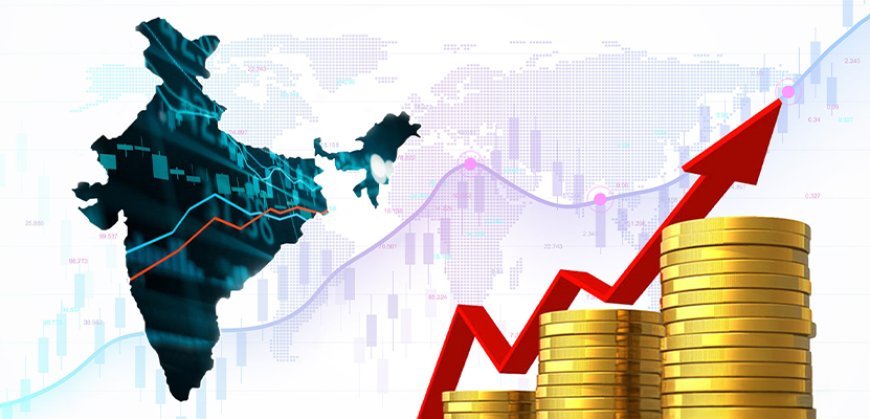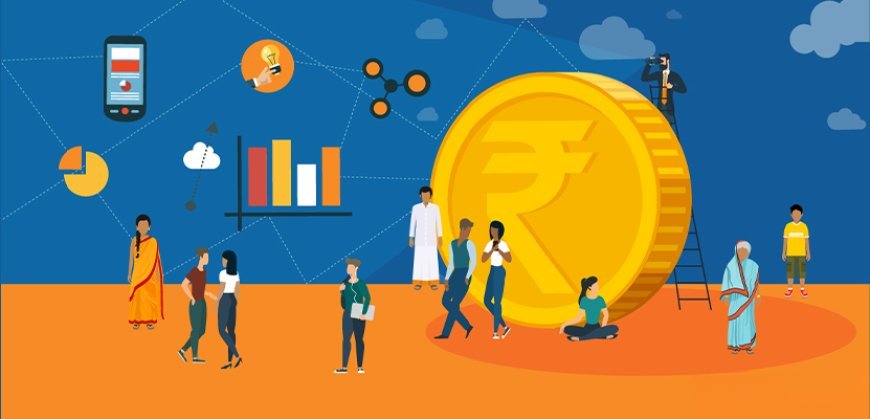World Bank Report: India Ranks 4th in Global Income Equality
India is now the world’s 4th most equal society. What changed, and how did 171 million people rise out of poverty in just a decade?

In a world where gaps are widening, India has quietly done something remarkable. According to the latest data from the World Bank, India is now the fourth most equal society in the world, based on income distribution. With a Gini Index score of 25.5, India stands just behind Slovakia, Slovenia, and Belarus, and ahead of every G7 and G20 country, including the United States, the UK, and China. This isn’t just a proud moment. It’s a reflection of how far the country has come in making sure that growth reaches not just the top, but every layer of its massive, diverse population.
India’s Gini Index Falls to 25.5
The Gini Index is a simple measure of income inequality. A score of 0 means perfect equality. A score of 100 means total inequality. Most countries fall somewhere in between. India, at 25.5, is in rare company, and that’s no small achievement for a nation of over 1.4 billion.
India’s Gini score stood at 28.8 in 2011. The progress since then has been gradual, steady rather than sudden. But that’s the point. Real progress doesn’t always make headlines. Sometimes it shows up quietly, in things like fewer empty stomachs, more bank accounts, better access to hospitals, and rising small businesses in places no one was watching before.
India’s Extreme Poverty Rate Falls from 16% to 2.3%
Between 2011 and 2023, 171 million Indians left extreme poverty behind. That’s nearly the entire population of Brazil. Back in 2011, around 16% of India’s population was surviving on less than $2.15 a day. Today, that number is down to just 2.3%. Shifts like this aren’t accidental. They happen when purpose drives policy.
Key Schemes Powering India’s Equality Push
What’s fueling this change? Tangible actions that deliver money, food, health, and opportunity to those who need them most. Not slogans. Not optics. Actual access.

Jan Dhan Yojana: Over 55 crore people now hold zero-balance bank accounts. This opened the doors for direct benefits, insurance, and formal savings.
Aadhaar & Direct Benefit Transfers (DBT): With 142 crore Aadhaar numbers issued and a DBT network saving over Rs 3.48 lakh crore, India has cut out middlemen and made sure benefits reach the right person.
Ayushman Bharat: More than 41 crore families have health coverage of Rs 5 lakh per year. Healthcare isn’t a luxury anymore. It’s becoming a basic right.
Stand-Up India: Loans worth over Rs 62,800 crore have been disbursed to SC/ST and women entrepreneurs. Small businesses are no longer limited to the privileged few.
PM Garib Kalyan Anna Yojana: Over 80 crore Indians received free food grains through the pandemic and beyond. No one should go hungry, and the country acted like it.
PM Vishwakarma Yojana: Nearly 30 lakh traditional artisans are being supported with skill training, loans, and tools. This isn’t charity. It’s preservation of legacy and livelihood.
India’s Progress on Equality Is Strong, But Not Complete
Let’s be honest. Inequality hasn’t vanished. Gaps still exist, especially across urban and rural lines, gender, caste, and education levels. But the direction is right. What matters now is how we build on this momentum. Being ranked 4th doesn’t mean we’re done. It means we’re on the right road, and that road needs continued investment in dignity, access, and fairness.
FAQs
What is the Gini Index and why does it matter?
The Gini Index is a measure of income inequality within a country. A score of 0 represents perfect equality, while 100 indicates total inequality. A lower Gini score means a more equal distribution of income. India’s score of 25.5 places it among the world’s most equal societies.
How has India’s Gini Index changed over time?
In 2011, India’s Gini score was 28.8. Since then, it has steadily improved, reaching 25.5 in the latest World Bank data. This reflects consistent progress in narrowing income gaps.
What does it mean that 171 million Indians exited extreme poverty?
Between 2011 and 2023, 171 million people in India moved above the extreme poverty line, defined as living on less than $2.15 per day. This shift brought India’s extreme poverty rate down from 16% to just 2.3%.
How is India achieving more equality without massive economic overhauls?
India’s progress is rooted in targeted welfare delivery, digital public infrastructure like Aadhaar and UPI, and policies that directly support the poor, without waiting for trickle-down growth. It’s reform through access, not slogans.
What can individuals do to support equality in India?
Stay informed, support inclusive local businesses, encourage girls’ education, advocate for digital access in underserved areas, and hold institutions accountable. Policy helps, but collective action accelerates change.

 Admin
Admin